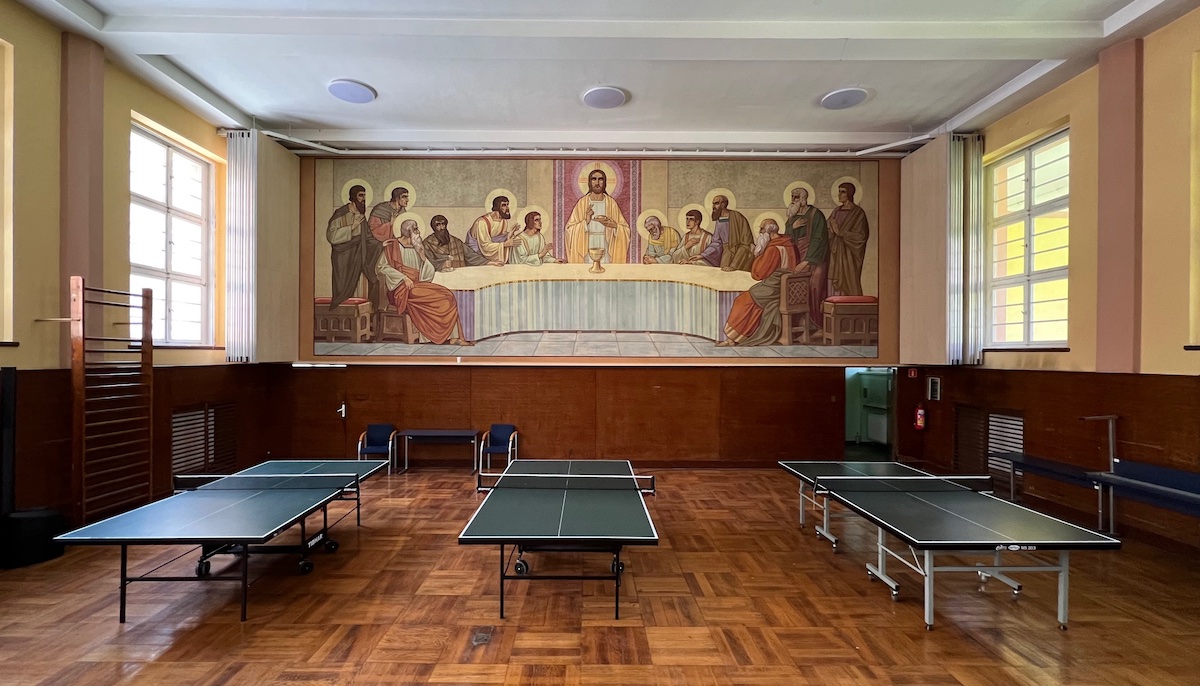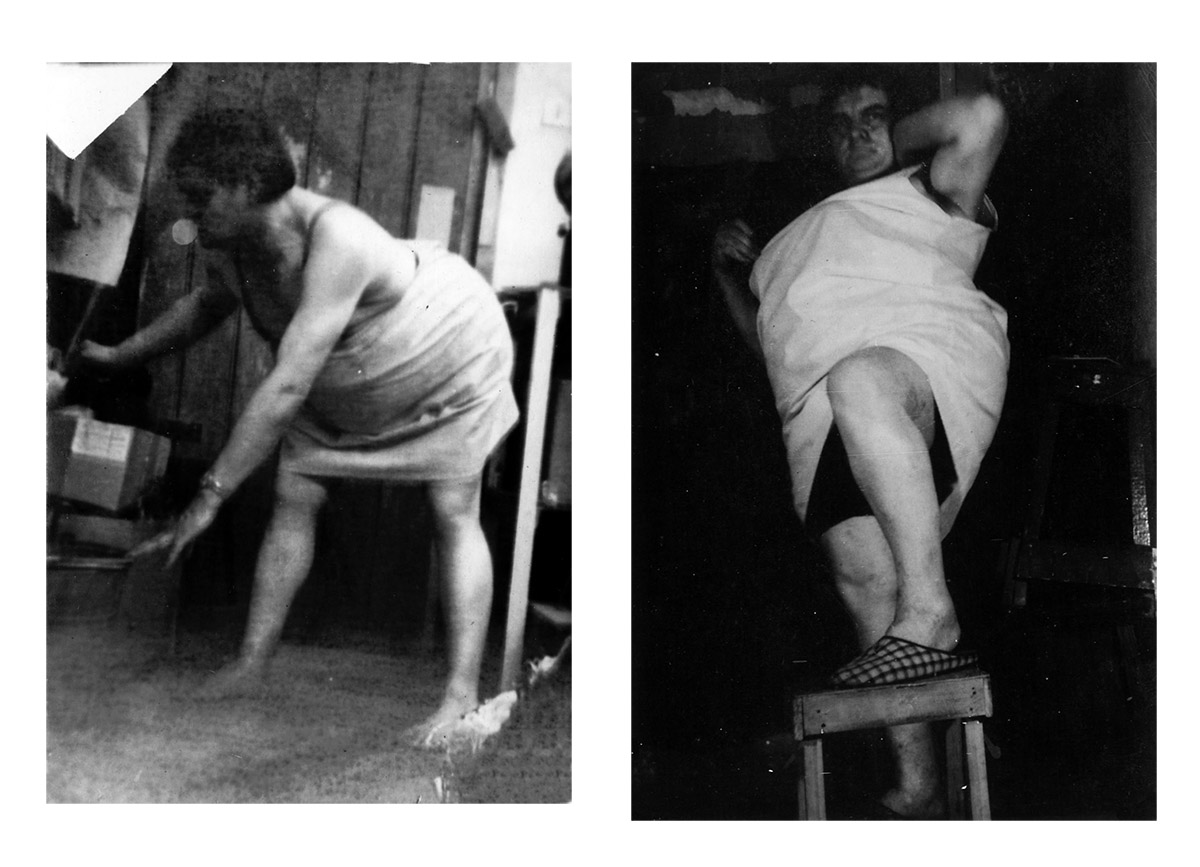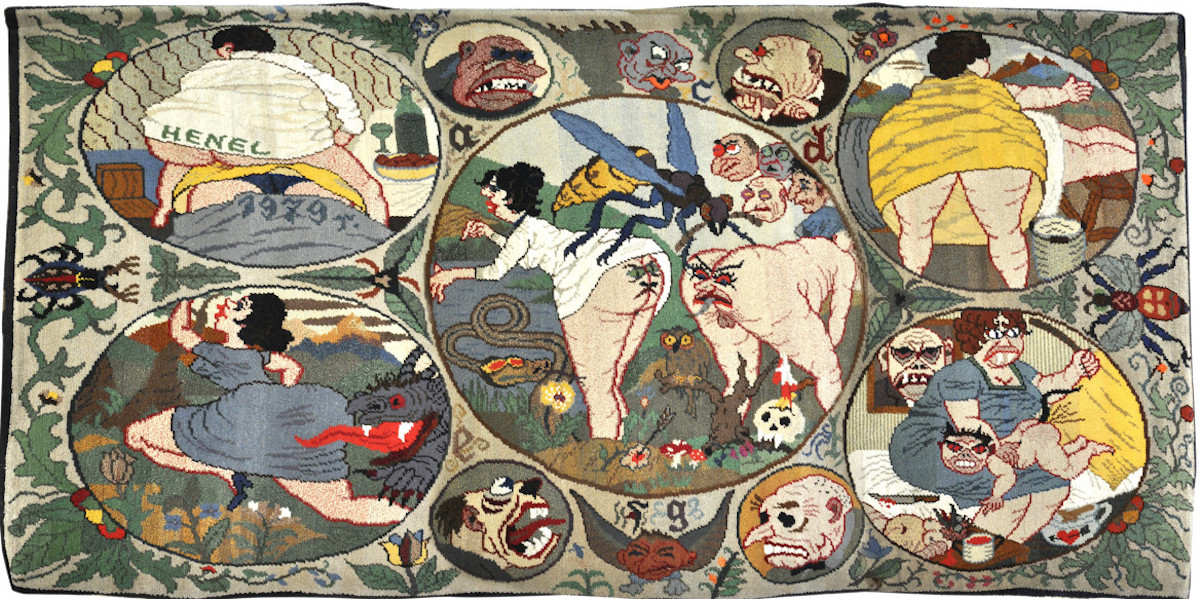
These large-scale rugs and self-portrait photographs were created by Marian Henel (1926-1993), who spent 32 years as a patient of the Hospital for Psychiatric and Neurological Disorders in Branice, Poland.
Admitted to the hospital’s Psychopathological Art Expression workshop in the1 960s. in 1968 Henel was tasked with creating tapestries based on provided designs. But he began to create art with his own motifs, including macabre masks, nurses in uniform, nudes, ejaculation, menstruation, urination and defecation, hanged bodies, witches, ghosts, human-animal creatures and monstrous, worms, owls, bats, beetles and snakes all set in idyllic landscapes rich with elaborate botanical ornamentation.
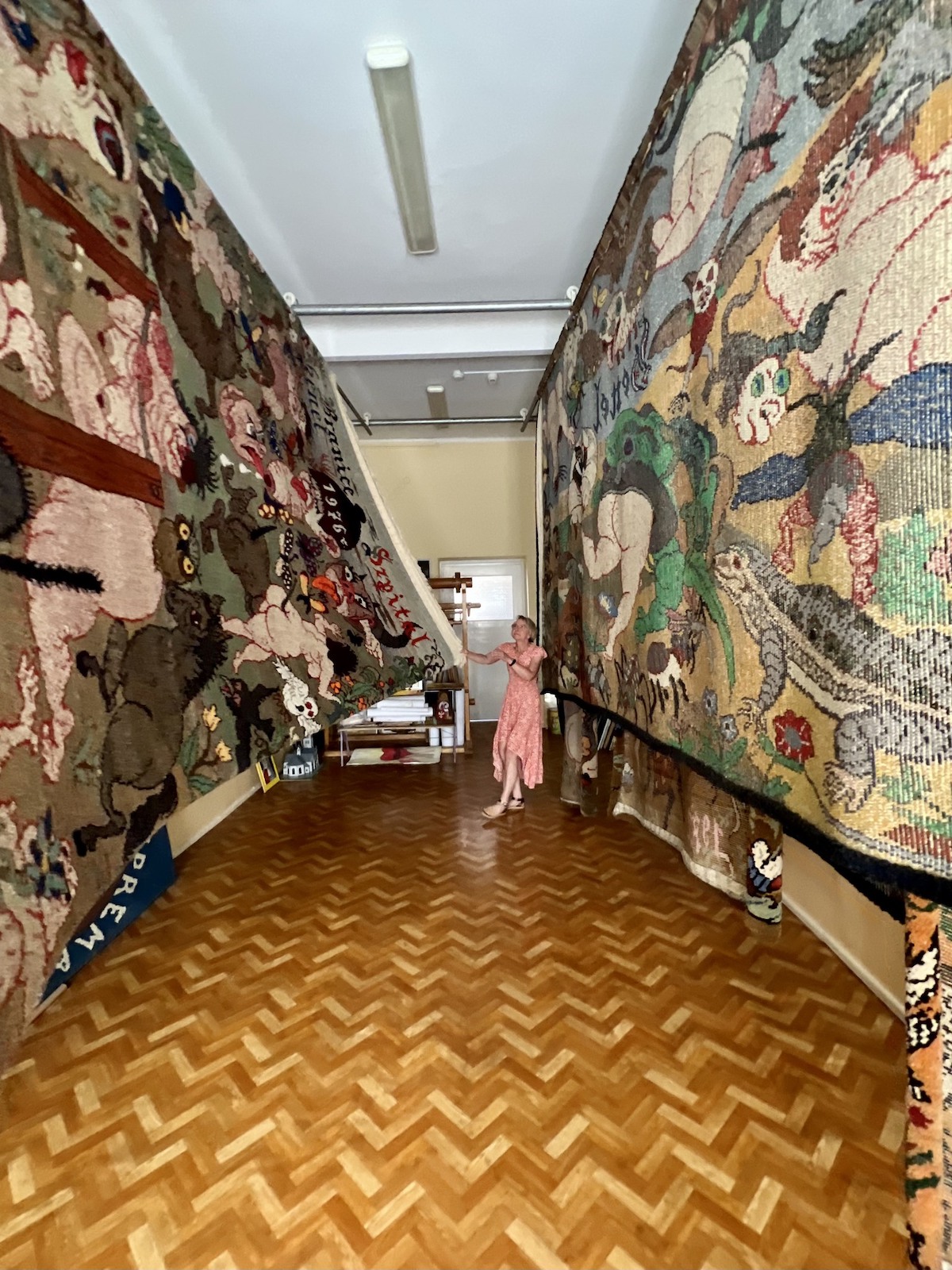
Marian Henel’s Outsider Art Therapy
Marian Henel was nicknamed Maniuś by the hospital staff, and renamed by the press as “devil’s brood” or “the lecher from Branice”, on account of his insatiable libido.
During his first seven years spent in the psychiatric hospital, he worked in the hospital weaving workshop, making thick cotton and linen fabrics used for sewing underwear for patients.
In 1968 he was accepted in the Workshop for the Expression of Psychopathological Art, founded by Stanisław Wodyński, an instructor in occupational therapy. The activities comprised painting, drawing, sculpture and weaving classes, where the autonomous creative processes undertaken by patients were treated as a form of therapy through art.
Henel joined the weaving workshop attracted by the idea of working in a separate room, containing a large three-metre wide vertical loom. Initially, he produced custom-made rugs according to the provided patterns and specifications. These works were designed using graph paper, where a single box represents each knot of the woven fabric. Later pieces were Henel’s own creations.
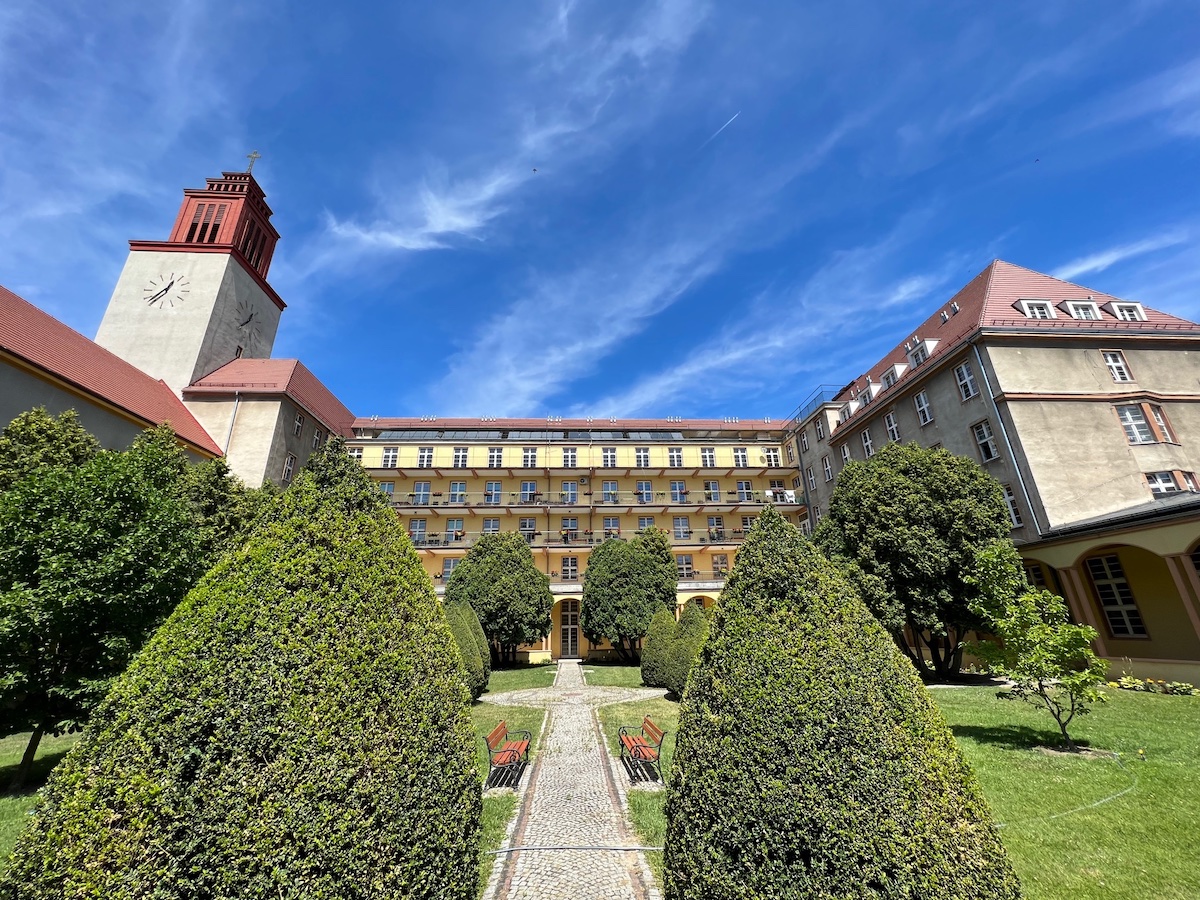
The Hospital
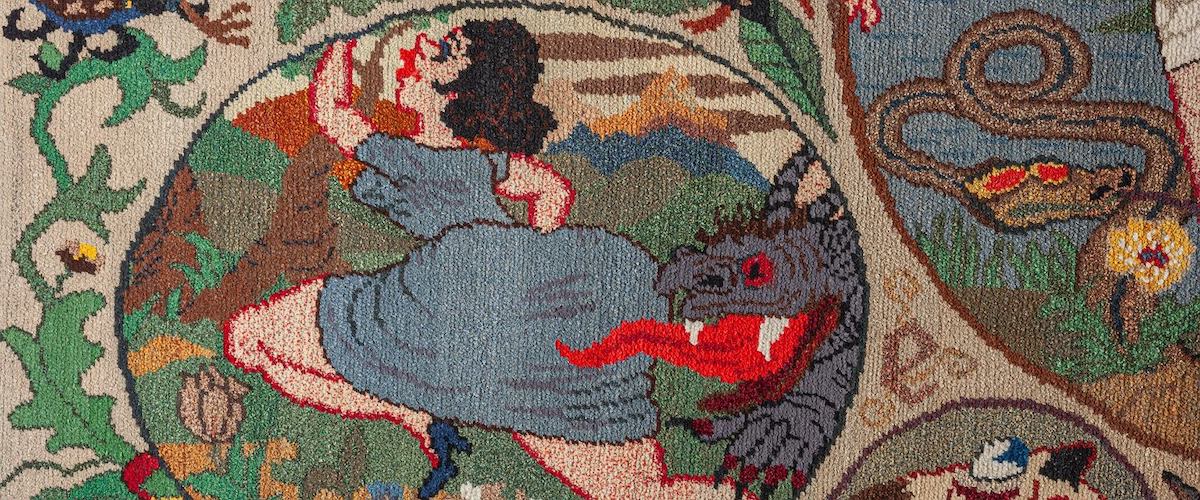
Henel’s Way
Marian Henel worked on a frame with stretched warp, tying by hand knots on wool yarn. His weaving materials were leftovers from a carpet factory in Kietrz. Henel looked for the longest possible pieces of yarn in those hefty bales of wool, sometimes weighing over 100 kilograms, and made them into smaller hanks sorted by colour, painstakingly gathering his supplies.
During the period of twenty years spent in therapy in the Workshop of the Expression of Psychopathological Art, apart from creating his ‘gobelins’ (carpets) Henel was an avid photographer, taking dozens of black-and-white photographs. He developed the negatives himself.
The photographs show Henel in erotic poses. He consistently modified his image, aiming towards a male/female chimera. He deliberately ate more to put on weight and obtain a more rounded silhouette. He also created special bras and tights to enhance his figure, removed body hair, and posed for his photographs wearing nurses uniforms and putting
on wigs.
Later on he also took interest in the art of animation, using puppets made to resemble himself, which he then placed to mimic different stages of a sexual intercourse.
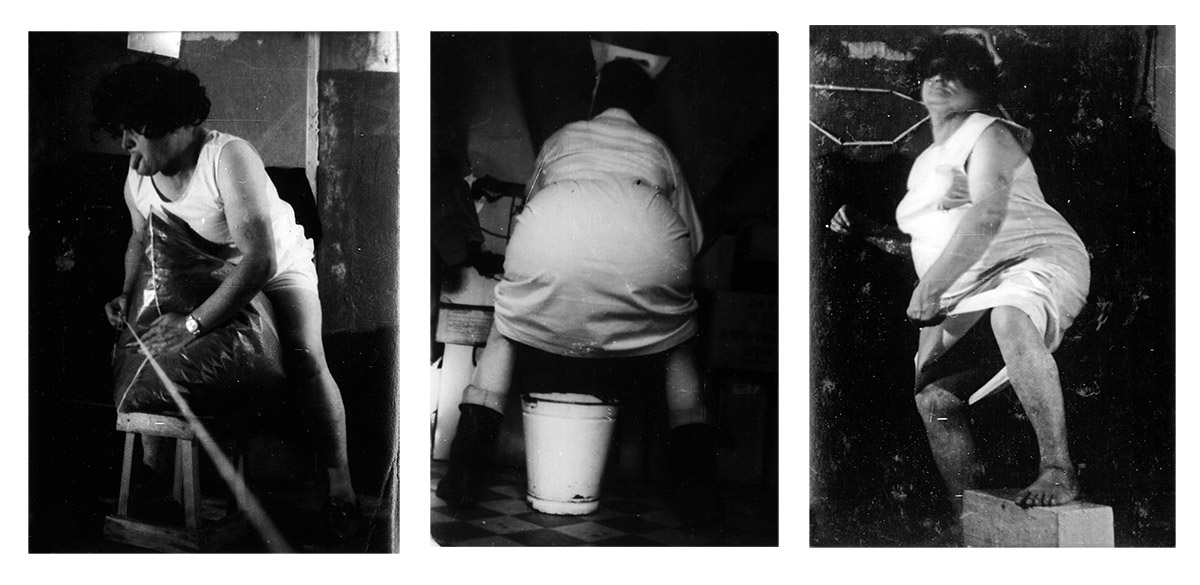
His Story
Details of Henel’s life prior to his hospitalisation are mainly known from his own recollections. He was an unwanted child, orphaned at an early age, later escaping from a series of carers who maltreated him. He had six years of primary schooling. After the Second World War, Henel was employed by the then infamous Department of Public Security (UB; 1945 – 1954) in Kluczbork. Henel told the stoyb that he’d worked for the secret police as atheir torturer and had seen executions. But his claims were never corroborated.
Henel became known to th authoirties hen he was later arrested for burning down a barn in the local state-owned farm (the so-called PGR) and sentenced to over a year in prison, from which he was released on suspicion of mental disability. He was then institutionalised in the psychiatric hospital in Branice, where he remained for the rest of his life.
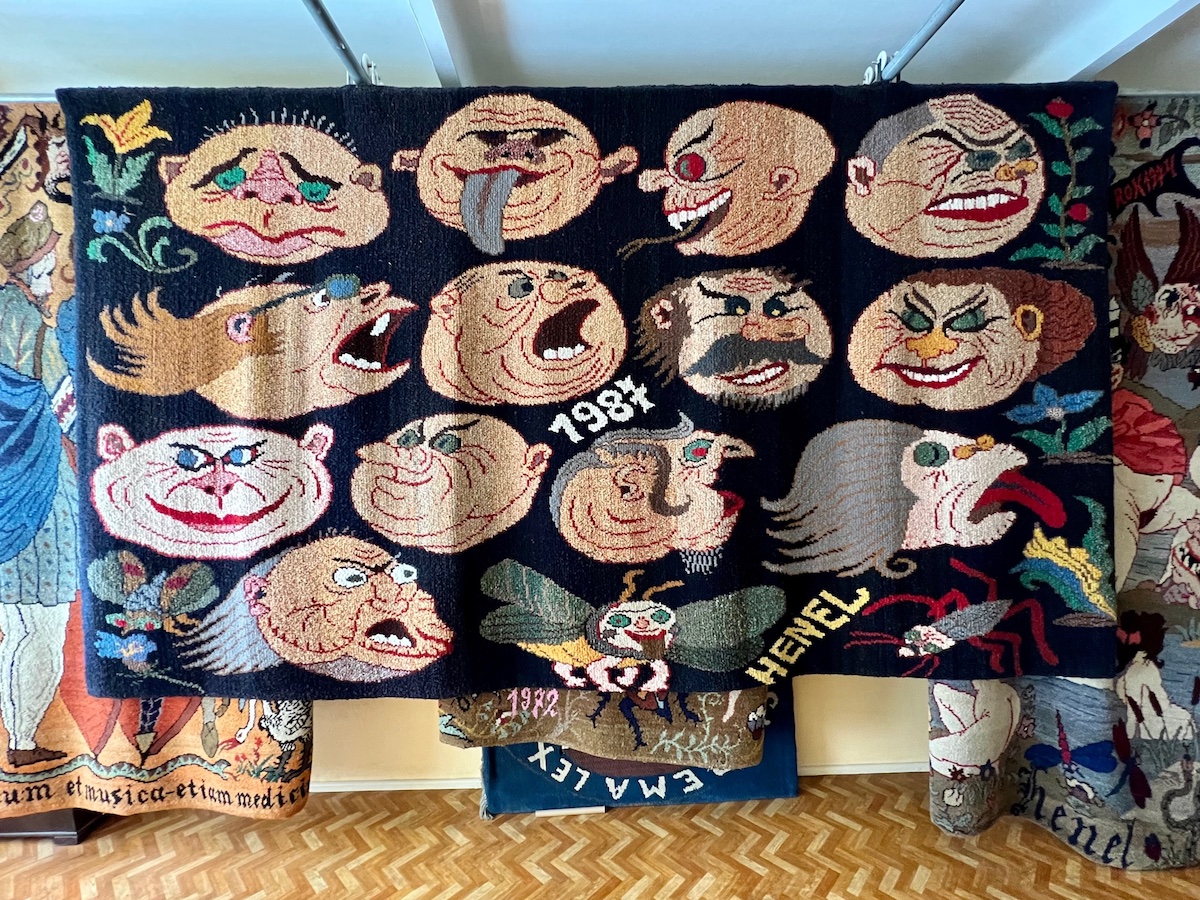
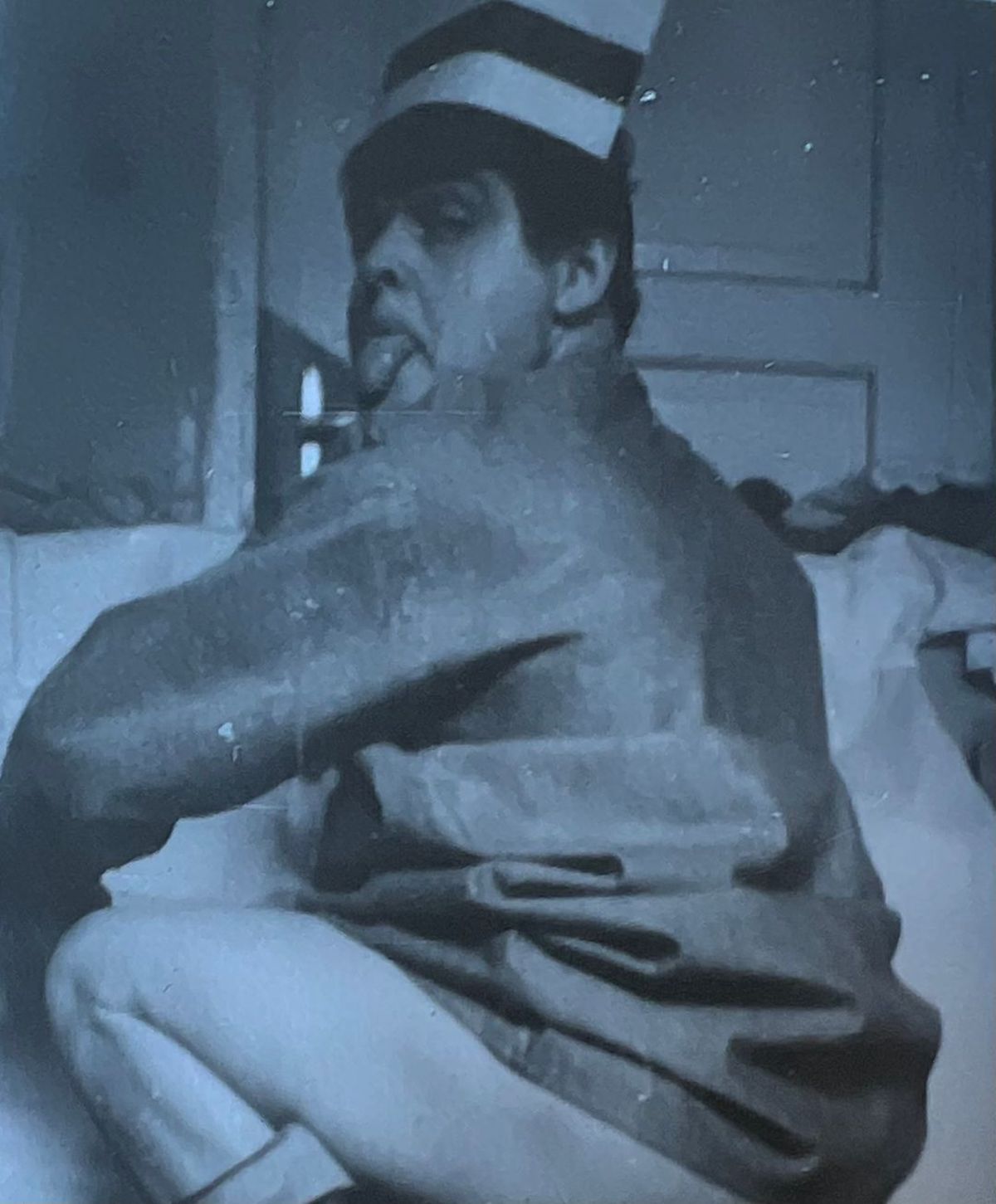
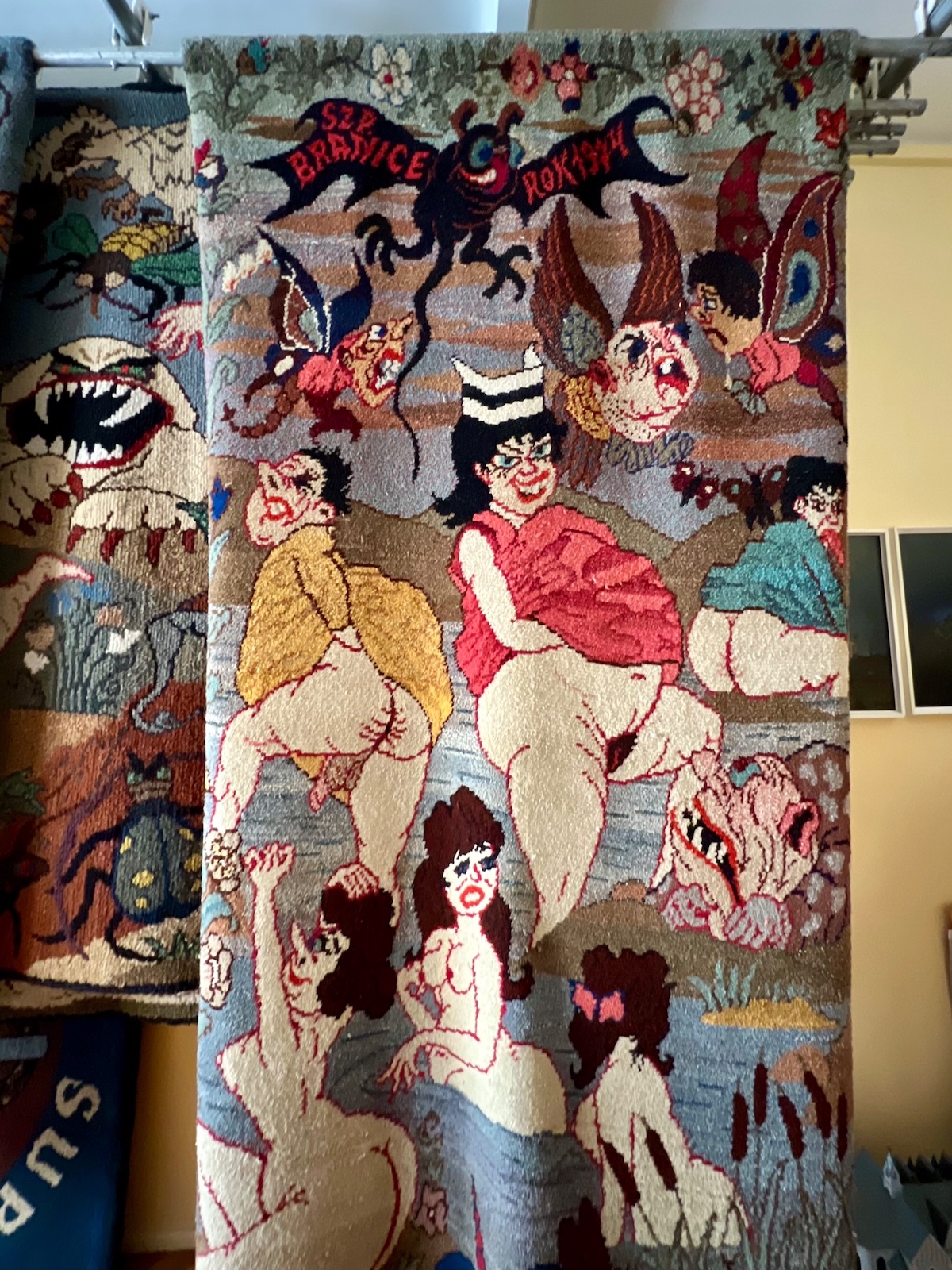
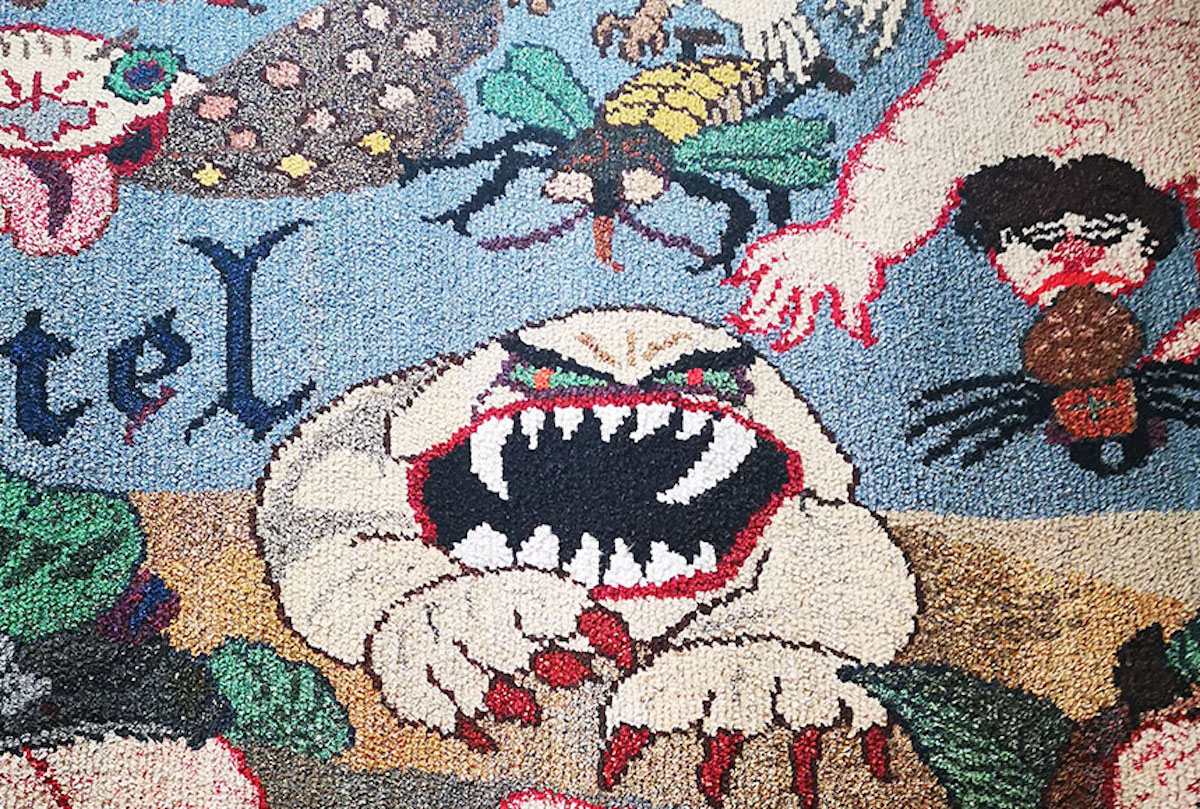
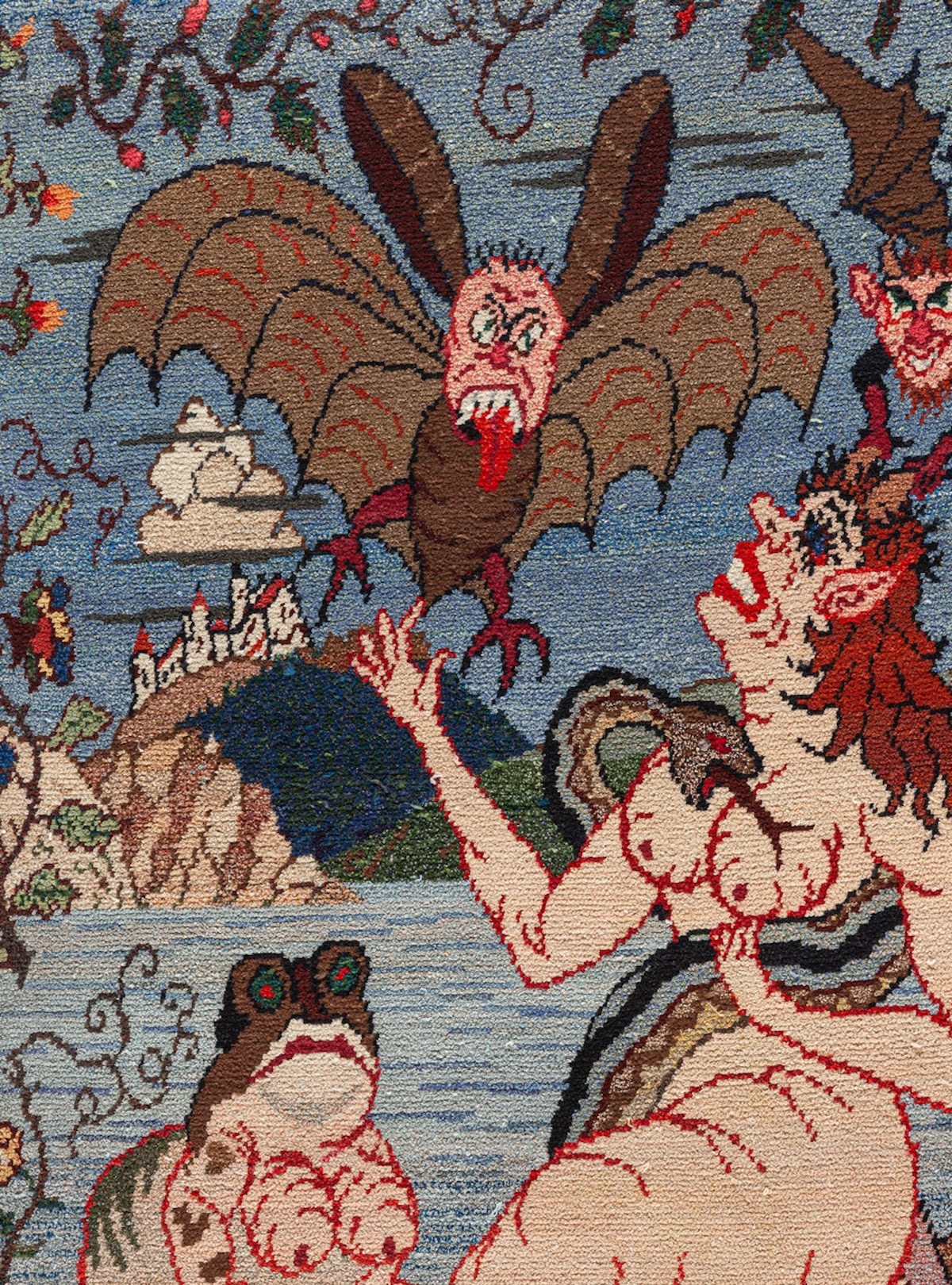
Eleven rugs and many of his self-portraits and posed photographs of what is now known as outsider art and Art brut went on show at the Ethnographic Museum in Wroclaw, Poland, in the first ever solo exhibition of his works.
Would you like to support Flashbak?
Please consider making a donation to our site. We don't want to rely on ads to bring you the best of visual culture. You can also support us by signing up to our Mailing List. And you can also follow us on Facebook, Instagram and Twitter. For great art and culture delivered to your door, visit our shop.

